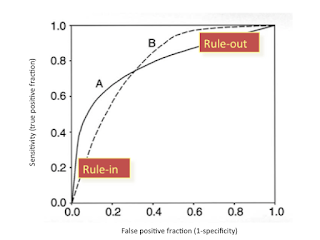A Machine Learning Approach to Live Migration Modeling
Dynamic
management of resources in data centers improves data center utilization in
terms of energy consumption and device utilization. Virtual machines are among techniques
to achieve this goal. To enable the VM to adapt to dynamic fluctuations of
workloads, Live Migrated virtual machines are introduced, which stands for
moving a VM from one physical host to another while the VM keeps running. Live migration
enables load balancing, fault tolerance, ease maintenance, etc. However, live
migration is costly in terms of data traffic. Having an understanding of
performance metrics of different live migration algorithms is important so that one can rely on an efficient algrothm to migrate a running VM is important. Therefore, this
work uses a Machine Learning (ML) approach to predict key metrics of different
live migration algorithms, and then find the best suitable choice for live migration. Indeed, given resource usage as well as the characteristics of
VM work load, this paper predicts six key metrics of live migration, such as: total VM
migration time, total amount of data transferred, VM downtime, performance
degradation of the VM, and CPU and memory usage on the physical hosts, for five different live migration algorithms.
This work
uses machine learning to not only capture which algorithm to choose for live
migration, but also targets to find which metrics should be considered while choosing an algorithm, and the main reason for such approach is that machine
learning is an ideal technique to automatically generate models for the
different metrics and the available live migration algorithms while using profiling
data gathered in data centers.
Strengthes:
+ Considered
approach can be implemented into existing migration frameworks to select the
best live migration algorithm for the migration of a VM. Indeed, it answers which
algorithm to select in a given situation. They have shown 2-5 time better
performance can be obtained by such accurate live migration algorithm choosing.
+ Considered
model can predict several target metrics for all commonly used live migration
algorithms in a flexible and automated manner.
+ Prediction
vales for metrics are very accurate.
+The idea enables efficient
utilization of resources such as amount of time, network bandwidth, or host CPU
and memory usage.
Weaknesses:
-
The considered
model parameters seems more like heuristic, and there is not enough justifications for such options. One easily may consider many other different features to represent the model.

Good strengths. Any more critical comments?
ReplyDelete